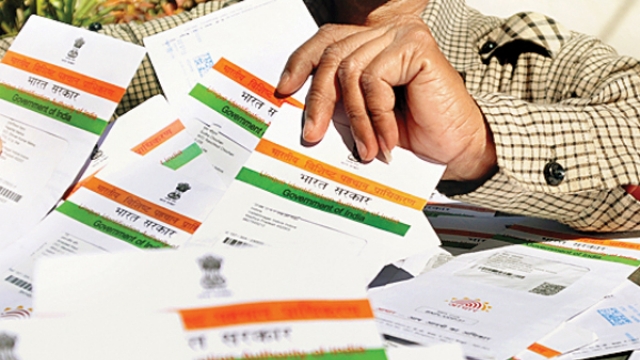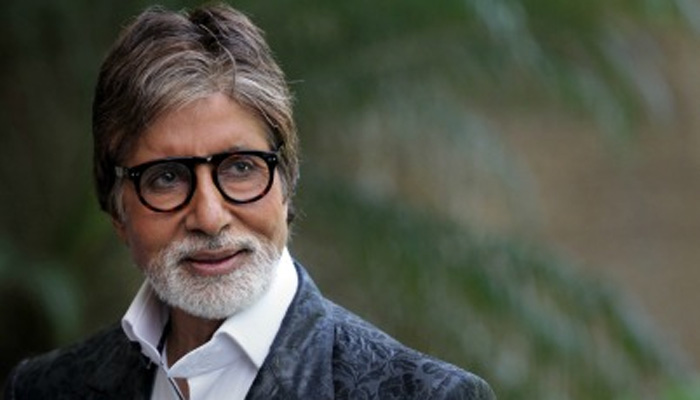NEW DELHI: The young men had been missing for months. Their families sensed something was wrong. Some had come from privileged backgrounds, had grown up loved and were educated in top schools. They had bright futures.
It wasn’t until the horror of the weekend hostage crisis in Bangladesh’s capital unfolded that they learned their sons had become radicalized as religious extremists and launched one of the country’s deadliest attacks in recent years.
The young men, armed with knives, bombs and automatic firearms, engaged in a gun battle with police, killing two and wounding more, seizing a popular restaurant in a Dhaka neighborhood on Friday night and held some 35 people hostage. Over the next few hours, they would kill 20 of their captives — including nine Italians, seven Japanese, an Indian teenager and three students at American universities. A witness said some victims were tortured when they could not recite verses from the Quran.
“This is very painful. He killed innocent people,” said the aunt of one of the attackers, Rohan Imtiaz, whose father is a leader in Prime Minister Sheikh Hasina’s governing Awami League party.
“We sensed that Rohan was changing and his behavior increasingly became different,” she told the Associated Press in disbelief.
When Imtiaz went missing on Dec. 31, as his mother and father were in India for medical treatment, the family asked the police to help find him.
“My brother went to everybody: police, ministers and higher authorities after he went missing,” said Rohan’s aunt, who refused to be identified by name. “He became just crazy after his son went missing. But nobody could help us.”
As details emerged of the men who laid siege to the Holey Artisan Bakery, it became clear that the attackers did not fit the typical profile for religious radicals coming from economically deprived backgrounds and latching onto extremist groups that promised a new future.
Some analysts said that’s what made them attractive as recruits; their backgrounds meant they would not raise suspicions.
“They do not fit the usual stereotype of the madrasa-educated youth,” said Pinak Ranjan Chakravarty, a former Indian diplomat and policy expert on Bangladesh for the Observer Research Foundation, a New Delhi think tank. “My suspicion is that these young men were roped in by spotters or recruiters.”
He said their defiance of the usual militant profile gave credibility to claims the attackers were part of a campaign waged by extremist groups abroad.
“This is a conscious decision on their part that they will get this kind of people,” Chakravarty said. “The shock value for the radical groups of recruiting educated, affluent people is huge. The government will never suspect them. The intelligence agencies will never suspect them. Because these boys were never under any kind of surveillance.”
Police released photographs of the bodies of five attackers killed by paramilitary forces who ended the hostage siege. They also released names — Akash, Badhon, Bikash, Don and Ripon — which did not match those given by family members. Police said only that militants often go by many names to obscure their identities. Another suspected attacker was captured and was being interrogated.
The men, all younger than 30, belonged to the banned domestic group Jumatul Mujahedeen Bangladesh, or JMB, according to police. Asked whether they might also have had Islamic State ties, police said authorities were investigating that possibility.
“It is difficult to imagine how they were radicalized. At least four come from very wealthy backgrounds,” said Benazir Ahmed, head of the country’s paramilitary Rapid Action Battalion, according to Indian broadcaster NDTV.
Describing them as “flamboyant young men,” he said some had also been frequent visitors to the same restaurant they attacked.
The Islamic State, in claiming responsibility for the attack, had also published photos of the five smiling young men, each holding what appear to be assault rifles and posing in front of a black IS flag. The men in those photographs released by the Amaq news agency, affiliated with IS, also appear to match the police images of the dead assailants in the restaurant after the hostage crisis ended.
Another attacker identified as Khairul Islam went missing six months ago, according to Bogra district police chief Mohammed Asaduzzman.
“The family is poor, and did not report his disappearance to police,” Asaduzzman said.
But while Islam’s background seemed to fit the stereotype, his upbringing suggested otherwise. Islam was educated, having studied in a madrassa before enrolling in a public university in Dhaka.
The family identified Islam as one of the attackers after seeing a photograph of his body on Facebook, he said. Authorities have detained his parents, sister and brother-in-law for questioning.
At least some of the attackers had also known each other for years.
Imtiaz had studied at the same English-language school as Meer Sameeh Mobashwer, whose family said he went missing on Feb. 29.
Mobashwer’s father, a businessman, and mother, an economics teacher, had planned to send their son to join his brother studying in Canada.
“I understood that my son had changed, something was wrong with him,” his father, Meer Hayat Kabir, told the AP. “I was worried and tried to make him understand. But suddenly he went missing. I felt like the whole world crumbled around me.”
Police, contacted by Mobashwer’s family for help, were unable to track him down.
“They told me maybe your son has gone somewhere with friends. He will come back. But he never came,” Kabir said. He only found his son once police invited him to identify the body of one of the weekend attackers.
“We had lot of dreams,” his father said. “I cannot believe my son was inside that restaurant, he was part of that. But that’s the reality now.”
“My everything is over.”
(Sourced from agency; featured image courtesy www.india.com)

























